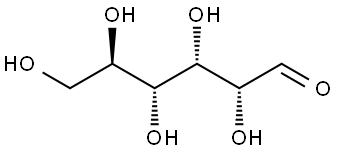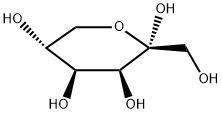
D-tagatose synthesis
- Product Name:D-tagatose
- CAS Number:87-81-0
- Molecular formula:C6H12O6
- Molecular Weight:180.16
Yield:57-48-7 29% ,87-81-0 26%
Reaction Conditions:
with water in ethanol at 200; under 75007.5 Torr;Supercritical conditions;
Steps:
Isomerization or hydrolysis of saccharides in subcriticalaqueous ethanol
General procedure: Isomerization of each saccharidewas carried out in a continuous reaction system, inwhich the feed saccharide solution was delivered usingan LC-10AD VP HPLC pump (Shimadzu, Kyoto,Japan), into a stainless steel tubular reactor (0.8 mmI.D. × 1.0 m length) heated in a temperature-controlledsilicone oil bath (Dow Corning Toray Silicone, Tokyo,Japan). Upon exiting the reactor, the effluent wasdirectly introduced to a stainless steel tube immersed inan ice water bath in order to quench the reaction. Thepressure inside the reactor was regulated at ca. 10 MPaand reduced to ambient after cooling using a back-pressurevalve (Upchurch Scientific Inc., Oak Harbor, WA,USA). The residence time was set in the range of 50-500 s. The reaction temperature was set at 180-220 °C.Ethanol concentration was adjusted from 0 to 80 wt%and the substrate feed concentration ranged from 0.5 to5 wt% for maltose isomerization. For other saccharides,the reaction temperature was set at 200 °C; ethanolconcentration was adjusted at 0 (subcritical water) and60 wt% and the feed concentration was 0.5 wt%
References:
Gao, Da-Ming;Kobayashi, Takashi;Adachi, Shuji [Bioscience, Biotechnology and Biochemistry,2016,vol. 80,# 5,p. 998 - 1005]
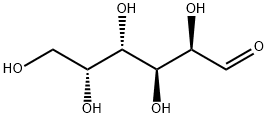
59-23-4
689 suppliers
$6.00/25g

87-81-0
387 suppliers
$12.50/5g
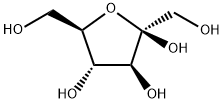
57-48-7
596 suppliers
$12.00/250G
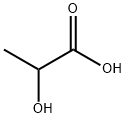
849585-22-4
1 suppliers
inquiry
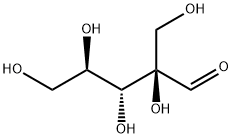
4573-78-8
48 suppliers
$60.00/100mg
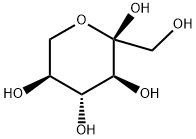
87-79-6
278 suppliers
$34.00/10g

87-81-0
387 suppliers
$12.50/5g
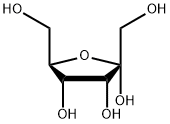
551-68-8
222 suppliers
$28.00/250G

96-26-4
497 suppliers
$9.00/10g

56-82-6
173 suppliers
$82.00/500mg

57-48-7
596 suppliers
$12.00/250G

87-81-0
387 suppliers
$12.50/5g
